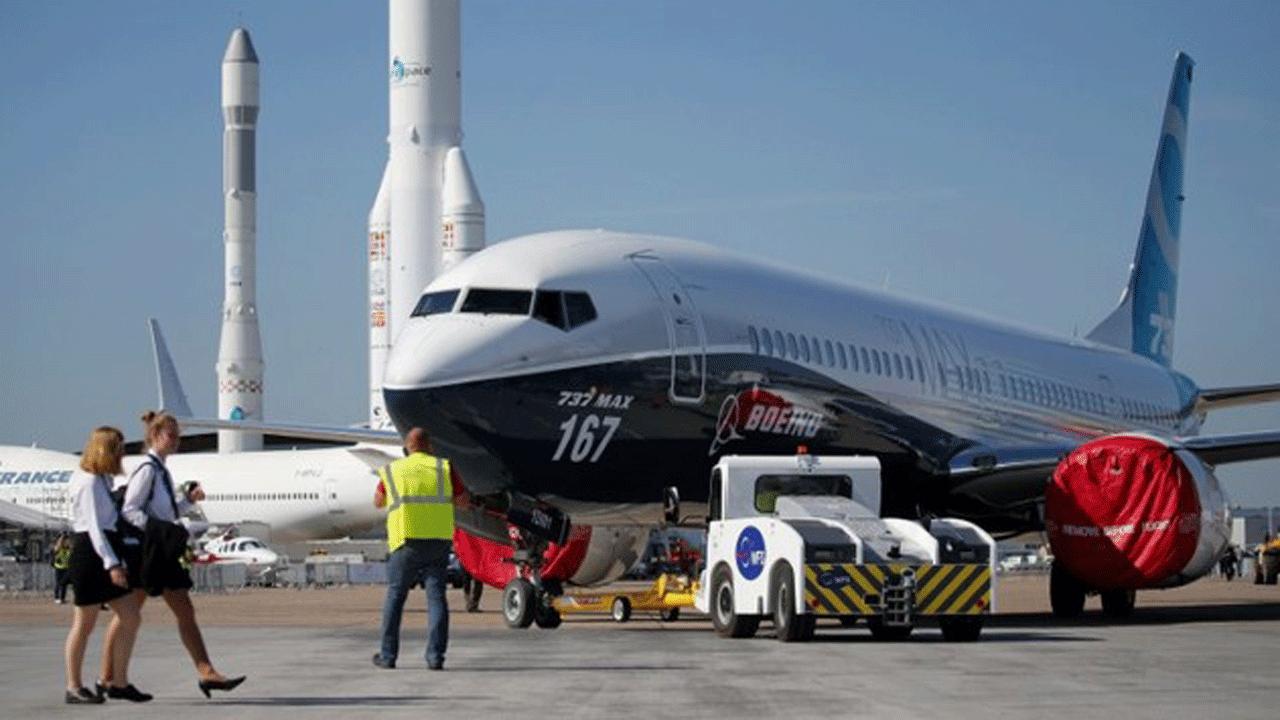Boeing responds after Ethiopian Airlines plane crash
A Boeing 737 MAX jetliner operated by Ethiopian Airlines crashed shortly after takeoff on Sunday, killing everyone aboard.
While it was not clear what caused the plane to go down just minutes after leaving Addis Ababa en route to Nairobi, Kenya, the crash follows a second incident in October, when a Lion Air plane of the same model plunged into the Java Sea off the coast of Indonesia, killing 189 passengers and crew. Preliminary findings for that accident indicated pilots struggled to maintain control of the aircraft following an equipment malfunction. Indonesian investigators also said the Lion Air Boeing 737 jet was not airworthy before it took off and added that Lion Air must improve its safety culture and better document repair work on its planes.
Ethiopian Airlines CEO told reporters on Sunday that the pilot of FlightET302 did sent out a distress call shortly after takeoff and was given clearance to return to the airport. The Boeing 737 Max used for that flight was rather new, having been delivered to the airline last November.
Following the Ethiopia incident, Boeing released a statement saying it is "deeply saddened" by the news and added that a Boeing technical team will be travelling to the crash site to provide technical assistance under the direction of the Ethiopia Accident Investigation Bureau and U.S. National Transporation Safety Board.
Last November, shortly after the Lion Air crash, Boeing CEO Dennis Muilenburg told FOX Business' Maria Bartiromo that it has been very engaged with the investigation "providing all of the information necessary" to make sure they do a full assessment of the situation but added that the "bottom line here is the 737 MAX is safe."
"And, safety is a core value for us..we ensure that airplanes are safe," Muilenburg said.
However, according the Wall Street Journal, Boeing allegedly failed to warn pilots about the potential dangers associated with a new flight-control feature that is suspected of playing a role in the Lion Air crash, which up until Sunday, was the first fatal crashing involving the Boeing 737 Max 8 aircraft.
The automated stall-prevention system found on Boeing 737 MAX 8 and MAX 9 models is meant to help pilots avoid raising the plane’s nose too high. However, the system could push it down “unexpectedly and so strongly” that could make it difficult to pull back up, which could lead to a steep dive or crash, according to the Journal.
But according to Muilenburg, the company spends “thousands of hours of testing and evaluating and simulating” to give pilots the information they need to operate airplanes safely and reiterated that the equipment operates correctly.
“As the Indonesian authorities have pointed out initally there was some indications of an inaccurate angle attack signal that was being sent to the airplane,” he said. “And of course the airplane has the ability to handle that and we have the procedures in place.”
CLICK HERE TO GET THE FOX BUSINESS APP
Boeing and the Federal Aviation Administration issued a safety alert last November telling flight crews about the system and how to handle malfunctions, following the crash.
Muilenburg added that they will “take whatever time is necessary” to make sure the ongoing investigation on Lion Air is completed thoroughly.
A spokesperson for Muilenburg did not immediately respond to FOX Business' request for additional information on the Ethiopian Airlines incident other than releasing a statement.
FOX Business' Julia Limitone and Jade Scipioni contributed to this report.




















